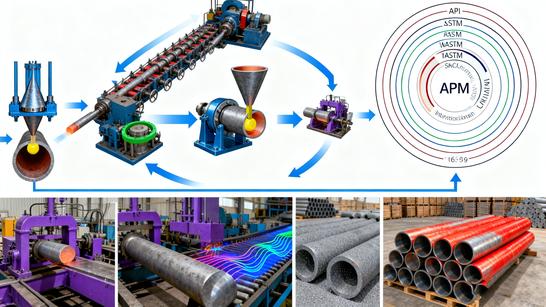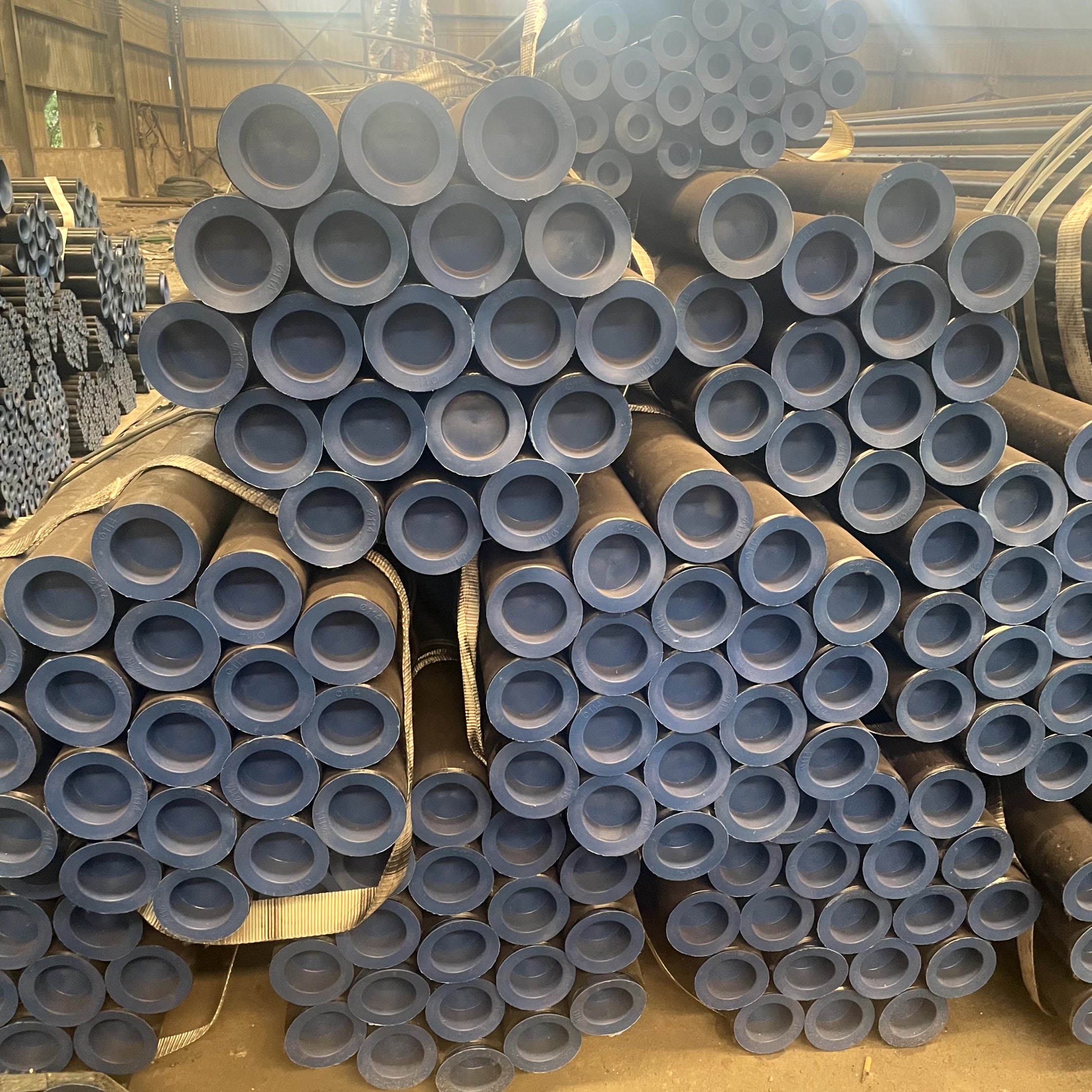As the European Union accelerates its transition under the Net-Zero Industry Act, EU-standard stainless steel pipes—led by EN 10216-5 seamless tubing and 1.4404 (316L) variants—have become indispensable components in green industrial infrastructure. Market data from Kallanish shows that shipments of corrosion-proof stainless steel tubing compliant with European norms jumped 4.1% year-on-year in Q3 2025, outpacing the broader steel sector’s 1.2% growth amid supply chain adjustments .
EN 10216-5: The Cornerstone of High-Corrosion Resilience
The EN 10216-5 specification for pressure-rated stainless steel seamless pipe has emerged as the benchmark for industries operating in harsh environments. Unlike generic stainless products, this European standard mandates strict control over alloy composition—requiring 16-18% chromium, 10-14% nickel, and 2-3% molybdenum in 1.4404 SS pipe grades—which forms a dense passive film resistant to chloride pitting and chemical erosion . The European Committee for Standardization (CEN) emphasizes that EN 10216-5 compliance is now a prerequisite for projects funded under the EU Green Deal, as it guarantees a 30-year minimum service life in marine and industrial settings .
This standard’s rigor translates to tangible value for end-users. A 2025 study by the European Chemical Industry Council (CEFIC) found that plants using EN 10216-5 stainless seamless tubing experienced 67% fewer corrosion-related shutdowns compared to those using non-standardized alternatives. “We’ve eliminated unplanned maintenance costs by specifying EN 10216-5 1.4404 pipe in our coastal facilities,” noted a CEFIC member representative during a recent industry forum.
1.4404/316L Tubing: Meeting the Demands of Green Transition
1.4404 stainless steel tubing, commonly referred to as 316L stainless seamless pipe, has become the material of choice for EU net-zero initiatives due to its superior corrosion resistance. Unlike 304 stainless steel, its molybdenum content enables survival in chloride-rich environments—critical for offshore wind farms and seawater desalination plants that are central to Europe’s renewable energy strategy .
North Sea offshore wind projects alone consumed 12,000 tons of EN 10216-5 316L seamless tubing in the first half of 2025, as developers rush to meet the EU’s 2030 wind energy targets . Meanwhile, chemical manufacturers across Germany and France are retrofitting legacy systems with anti-corrosion stainless steel pipes: BASF’s Ludwigshafen site recently commissioned 3,000 meters of Φ219×8mm EN 10216-5 tubing to handle aggressive solvents, citing compliance with both REACH regulations and the Net-Zero Industry Act .
Market Adaptation: Manufacturers Align with EU Standards
Faced with surging demand, producers are scaling up capacity for EN 10216-5 compliant products while navigating the EU’s evolving regulatory landscape. Finland’s Outokumpu, a leading stainless steel producer, announced a €40 million upgrade to its Tornio mill in Q2 2025, doubling output of 1.4404 seamless pipe to 50,000 tons annually . Asian exporters are also enhancing compliance: China’s Taiyuan Iron and Steel (TISCO) recently obtained CEN certification for its 316L stainless seamless tubing, enabling access to EU public procurement projects .
These moves reflect the strategic importance of European standard stainless steel pipe in global trade. PwC’s 2025 EU Industrial Report highlights that EN 10216-5 certified tubing commands a 15-20% price premium over non-compliant alternatives, yet remains cost-effective due to reduced lifecycle expenses . “Investing in EN 10216-5 production isn’t just about market access—it’s about long-term competitiveness,” explained a TISCO export executive.
Outlook: Standards as Catalysts for Growth
With the EU targeting 40% domestic production of net-zero technologies by 2030 , demand for EN 10216-5 anti-corrosion seamless pipes is poised to accelerate. Key growth drivers include offshore renewable energy, carbon capture infrastructure, and sustainable chemical processing—all of which rely on durable, standards-compliant tubing. Kallanish forecasts that the EU market for 1.4404/316L seamless stainless pipe will expand at a 5.3% CAGR through 2028, outpacing global averages .
As Maria Lopez, Kallanish steel analyst, observed: “EN 10216-5 has evolved from a technical specification to a strategic asset. For industries betting on Europe’s green transition, anti-corrosion stainless steel tubing that meets EU standards isn’t an option—it’s a necessity.”
Sources:





